"Heutagogy (based on the Greek for 'self') was defined by Hase and Kenyon in 2000 as the study ofself-determined learning. Heutagogy applies a holistic approach to developing learner capabilities, with learning as an active and proactive process, and learners serving as “the major agent in their own learning, which occurs as a result of personal experiences” (Hase & Kenyon, 2007, p. 112). As in an andragogical approach, in heutagogy the instructor also facilitates the learning process by providing guidance and resources, but fully relinquishes ownership of the learning path and process to the learner, who negotiates learning and determines what will be learned and how it will be learned (Hase & Kenyon, 2000; Eberle, 2009).
A key concept in heutagogy is that of double-loop learning and self-reflection (Argyris & Schön, 1996, as cited in Hase & Kenyon, 2000). In double-loop learning, learners consider the problem and the resulting action and outcomes, in addition to reflecting upon the problem-solving process and how it influences the learner’s own beliefs and actions (see Figure 1). Double-loop learning occurs when learners “question and test one’s personal values and assumptions as being central to enhancing learning how to learn” (Argyris & Schön, 1978, as cited in Hase, 2009, pp. 45-46)."



 Your new post is loading...
Your new post is loading...

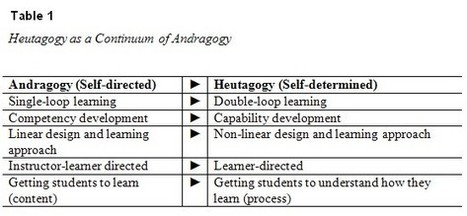

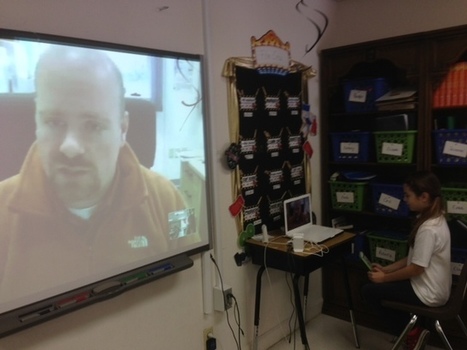
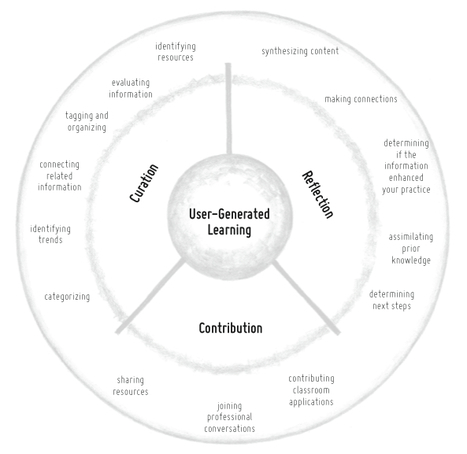

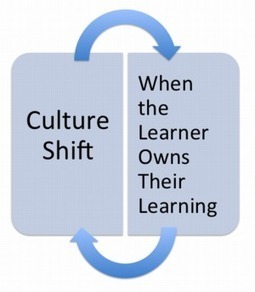


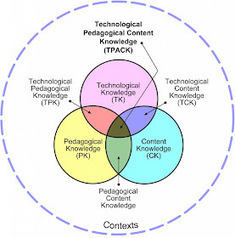





You are familiar with pedagogy - "the method and practice of teaching, esp. as an academic subject or theoretical concept" - but are you familiar with "andragogy" and "heutagogy"? If you are an educator or someone interested in education, I recommend you seek an understanding of this vocabulary for insights into the proposed, actual, or potential practice of education today and in the future.